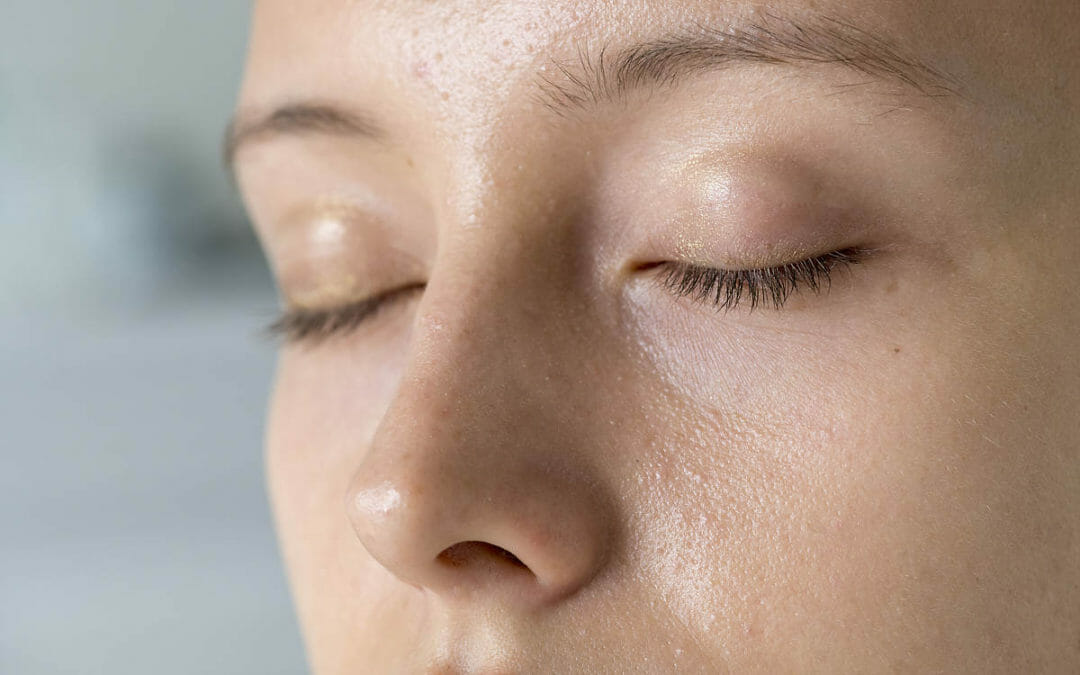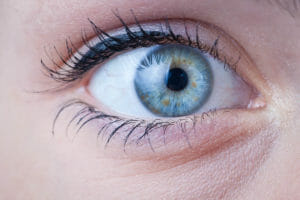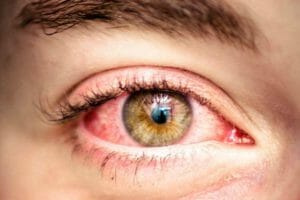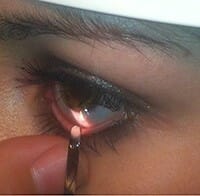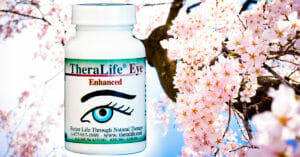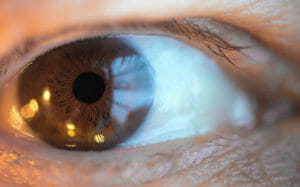
TheraLife’s all-natural formula for blepharitis, chalazia, and other chronic dry eye conditions targets the issue from the inside out. Try our products today.
Does the irritation in my eyes cause it?
Learn about the most effective treatments for eye infections.
The human eye is the second largest organ.
This itch and pain can be distracting to your everyday routine.
Eye problems may result from an allergic reaction or chemical reaction.
The eyes can recover very quickly, and most irritations are less severe.
Some situations require that you see a doctor who might prescribe eye drops.
In severe cases, eye irritation can impair vision.
Symptoms of eye irritation
Blurred Vision
Eye irritation gets even worse when you have blurred vision.
It could signal more serious eye disease issues. It is advisable to see an eye doctor at every opportunity.
Summary Eye irritation might refer to feelings of pain, dryness, itchiness, or grittiness in the eye. Dry eye disease, eye injuries, and pinkeye are some of the most common causes of eye irritation.
How eye irritation looks and feels will depend on the cause, as will the treatment options.
Last medically reviewed on July 13, 2020 Allergy Dry Eye Eye Health / Blindness Infectious Diseases / Bacteria / Viruses 7 sources expanded Medical News Today has strict sourcing guidelines and draws only from peer-reviewed studies, academic research institutions, and medical journals and associations.
Feeling something stuck in your eye.
This phenomenon is called “fraternal body sensation.”
Sometimes nothing is stuck in your eye.
There are also instances when a foreign body is in our eyes. This foreign body can lead to eye irritation.
The external body is often inside your eyelid. It may scratch your cornea, causing more eye irritation and eye pain.
It’s sometimes easy to remove something. You can wash your eyes in the shower using the water.
It’s best to see a doctor for professional medical advice.
Your eyes turn goopy.
When waking up, you may have rheum mucus ( eye booger).
The lens will help to wipe away dust and debris.
Rheus spreads at night in tiny quantities. The spread is usually a little compared to the other types so they won’t accumulate. When you sleep, mucus can grow into an eye-booger. It’s an ordinary occurrence for the health of the eyes.
Check the discharges from our eyes daily. Healthy rheum has colors that range from blue-green to yellow-colored.
Eye Allergy
Often people with eye problems report seasonal eye allergies or other eye irritation.
Depending on what you are allergic to.
Eye allergy symptoms can cause severe headaches and can disrupt routine activities.
Eye allergies may cause poor quality of eyesight.
The best way to prevent eye allergies is to eliminate the trigger. A good strategy may include staying inside when pollen counts are high or when the pollen counts are highest.
Seasonal allergies cause what’s known as allergic conjunctivitis. It’s most common in the spring and fall and is caused by high pollen counts and exposure to outdoor allergens like grass and weeds.
Artificial Tears. For many people, allergy relief eye drops or oral medications that contain antihistamines or mast cell stabilizers can ease symptoms. Frequent use of chilled over-the-counter, lubricating eye drops can relieve symptoms: anti-allergy Eyedrops or Oral Medications.
Applying a clean, cold, damp washcloth over your closed eyes may help alleviate the severity of itchy eyes.
Pollen or pet dander can trigger allergies. Irritants like dust and smoke or products such as lotions, makeup, or contact lens solutions can also cause symptoms similar to eye allergies.
Allergic conjunctivitis
Irritants such as pollen, animal hair, mold, or dust mite feces can cause allergic conjunctivitis if they get into the eye. Allergic conjunctivitis is uncomfortable, but it is not dangerous. People can treat it with medicated eye drops from drugstores, many available OTC.
Itchy eyes
Once allergies are determined to cause your itchy eyes, you and your doctor will work together to find a treatment plan that works best for you. The procedure may include Avoidance and Removal.
Protective measures during the high-pollen season could go a long way to providing relief. Close windows in your car or at home, and wear wrap-around sunglasses.
Irritated eyes
Learn about treatment for seasonal allergies. Don’t Rub Your Eyes! The most obvious measure to take maybe the most difficult: Avoid rubbing your eyes. If you rub your already-irritated eyes, you can add more allergens such as pollens and pet dander.
A HEPA filter air cleaner indoors will be helpful.
Light Sensitivity
Dry eyes result in sensitivity to light and can indicate more severe health risks.
You may have dry eyes.
Dry eyes can give you increased sensitivity to light.
Dry eyes can cause gritty tingling, blurry vision, or redness.
Your physician may prescribe artificial tears for dry eyes.
Artificial tears work for mild dry eye cases. When in doubt consider using oral dry eye treatment with TheraLife.
Red-eye
A “red-eye” is a general term used to describe red, irritated, and bloodshot eyes.
The redness happens when tiny blood vessels under the eye’s surface become larger or inflamed. Usually, it is a reaction to something that is irritating the eye. The condition can affect one or both eyes. It can develop over time or appear suddenly, such as with allergies or an eye injury.
Blocked tear duct
A Blocked Tear Duct Tears play an essential role in cleaning and moistening your eyes. Sometimes, the tear ducts become blocked.
This blockage can occur for several reasons, including narrowing the tear duct with age, an infection, or polyps. A blocked tear duct can cause painful, thick eye mucus.
What causes eye irritation?
The eyes get irritated frequently. If you have red eyes, you should contact your eye doctor for a consultation.
This article discusses several causes. In the end, several factors cause eye irritations. As always, you should seek the opinions and advice of an eye doctor.
Dry eye syndrome
You may have suffered from dry eyes syndrome. It occurs when the tear glands produce insufficient tears or tears that are not thick enough.
Dry eyes are a common condition.
Aging is a significant factor for dry eyes. By 75, our tears decreased by 65% compared to 18 years of age.
You might experience dry eyes and may lose vision. Sometimes dryness causes blurred vision and eye irritation.
Blepharitis
Blepharitis occurs in the eye. Blepharitis is a common problem for red eyes and crusty eyes.
Symptoms of blepharitis may appear in the morning. These are relatively prevalent in the child and adult world. People who don’t practice proper eye hygiene often have a blepharitic disease.
Corneal Ulcers
The cornea is an open and erosional wound.
These sores occur in those with contact lenses and can be severe when worn overnight.
The corneal ulcer causes severe pain, mild sensitivity, and rashes. Some people might also feel intense irritation.
Conjunctivitis (Pink Eye)
Conjunctivitis is also called pink eye.
The symptoms of pinkeye tend to include: red eyes itchy eyes swollen eyelids teary eyes a thick, mucus discharge that dries to form a crust There are three main types of conjunctivitis: bacterial conjunctivitis viral conjunctivitis allergic conjunctivitis
Inflammation causes small blood vessels in the conjunctiva to swell or increase in size – causing a pink or red tint to the white of the eye.
There is an invisible membrane covering both the eyelid and the white area in the eyelid. The most apparent symptoms of pink eyes are red eyes.
Inflammatory conditions cause small vessels in the conjunctiva to shrink and expand. There can be pink and red hues on the eye.
We usually view pink eyes as conjunctivitis, transmitted by an infection caused by the virus.
But bacteria can also cause pink eyes.
This treatment can involve prescription antibiotics or medicated eye drops.
Wear Contact Lenses
If you wear contact lenses, look out for redness, swelling, or soreness. You may also experience dryness, blurred vision, or foreign body sensation.
Contact lenses can cause dry eyes. The irritable feeling of contact is shared among the wearers. Sometimes irritations are mild, although they often become severe and result in vision loss. This more severe case will need immediate care.
Contact lenses can cause redness, swelling, and soreness. It is also possible to experience dry and dark skin and distorted vision. You may want to consult an eye doctor soon.
Computers
Sometimes you may feel eye irritation when using your computer, phone, or tablet for an extended period – referred to as “digital eye strain” or “computer vision syndrome.”
Digital eye strain is another common cause of light sensitivity. In the 21st century, many of us spend a lot of time staring at a screen. Of course, the easiest way to treat this is to spend less time on your devices.
In addition to eye irritation or discomfort, symptoms of digital eye strain can include headache, dry eyes, and pain in your neck or shoulders. The signs of digital eye strain are temporary and should subside when you stop using your computer or phone.
Trichiasis
Occasionally lashes are twisted. It is medically termed trichiasis in English.
The details may be very obscure, but you may not see them when looking into mirrors. However, eyelashes are incredibly coarse and scratch the eye’s surface with every movement and blinking.
A sprained cornea will cause damage. This procedure aims to dissect eyelashes. But they may be back due to an eyelash growth period that lasts between 2 – 3 months.
Eye infections
Here are some leading types of eye infections:
- Conjunctivitis: Conjunctivitis, more commonly known as pink eye, occurs when blood vessels in the conjunctiva become infected with a virus or bacteria. In its microbial form, pink eye is highly contagious (there is also a noncontagious allergic form).
- Sty: A sty is a small bump or pimple that grows on the outer edges of your eyelid. It is caused by a bacterial infection of the oil glands in that part of the eye.
- Keratitis: Keratitis is a viral, bacterial, or fungal infection of the cornea. It can also result from an eye injury. Contact-lens wearers are especially susceptible to contracting keratitis.
- Blepharitis: Blepharitis is a bacterial inflammation of the eyelids.
- Uveitis: Uveitis is an infection of the uvea, the pigmented layer of the eye, including the iris and choroid. Causes include viral infections, eye injuries, or immune-system deficiencies.
- Cellulitis: Cellulitis is an eyelid infection. It generally occurs when a scratch or minor eye injury becomes infected with bacteria (e.g., Staphylococcus or staph).
- Endophthalmitis: Endophthalmitis is a severe inflammation of the inside of the eye. It results from a bacterial or fungal infection, most often the Candida or yeast fungus.
- Dacryocystitis: Dacryocystitis is a blockage of the tear ducts. It can be congenital (present from birth) or acquired, typically through bacterial infection.
- Ocular herpes: Ocular herpes is an eye infection by the herpes simplex virus (HSV-1). It is spread by contact with other persons carrying the virus (though not sexually like HSV-2, another herpes virus).
Symptoms of eye infections
Symptoms of eye infections can vary, but the following are among the most prevalent:
- Red or swollen eyes
- Light sensitivity
- Pain
- Eye matter or discharge
- Watery or teary eyes
- Itching
- Dry eyes
- Blurred vision
You can experience these symptoms singly or in combination.
Prevention
There are several steps you can take to avoid contracting contagious eye infections:
- Don’t touch your eyes without first washing your hands.
- If a family member has eye infections, provide them with clean towels and bedsheets. Make sure they don’t share these with anyone else.
- If you’re around someone with an eye infections, limit your physical contact with that person.
- Use anti-infective sprays and cleaners in shared spaces.
- If you have contact lenses, always wash your hands before handling them.
- Be aware that wearing contact lenses increases the chance of eye infections.
- Allergic reactions to makeup or facial cosmetics can also increase the possibility of further infection.
Diagnosis and Treatment
A physician should see any severe medical issue involving your eyes.
Diagnosis is based mainly on visual evidence. Bacterial infections are treated with antibiotic eye drops or ointments and compresses.
Viral infections often clear up independently, but sometimes antiviral eye drops are beneficial.


